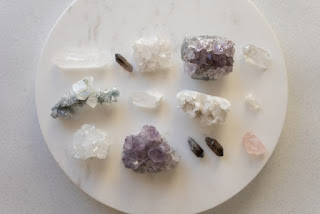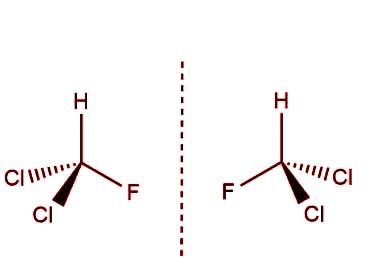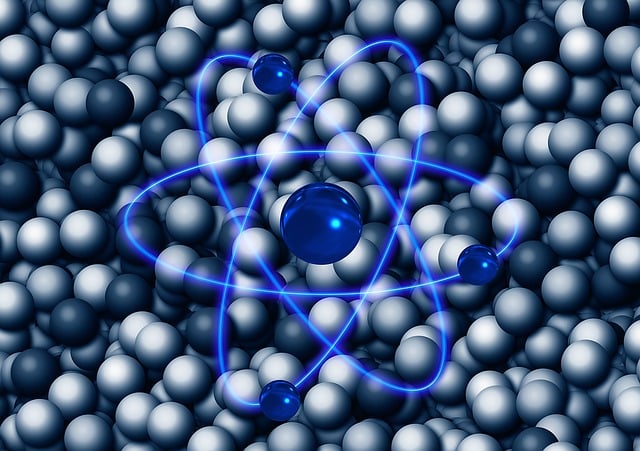7 Differences Between Metallic and Non-metallic Minerals
S.NO. | Metallic Minerals | Non-metallic Minerals |
1. | Non-metallic minerals are minerals that do not contain metallic elements and have a non-metallic luster. | |
2. | Metallic minerals are typically good conductors of heat and electricity. | Non-metallic minerals are typically poor conductors of heat and electricity. |
3. | Metallic minerals are generally harder and more durable than non-metallic minerals, while | Non-metallic minerals are generally softer and more brittle. |
4. | Metallic minerals are usually found in ore deposits and are extracted through mining. | Non-metallic minerals are usually found in sedimentary, igneous, or metamorphic rocks and can be extracted through quarrying or surface mining. |
5. | Metallic minerals are used in a wide range of industrial and consumer products, including jewelry, electronics, and construction materials. | Non-metallic minerals are used in the production of a variety of products, including ceramics, glass, and paint. |
6. | Metallic minerals can be further classified based on the specific metallic element they contain, such as iron, copper, or gold. | Non-metallic minerals can be classified based on their physical and chemical properties, such as color, hardness, and specific gravity. |





If you have any doubts, please let me know